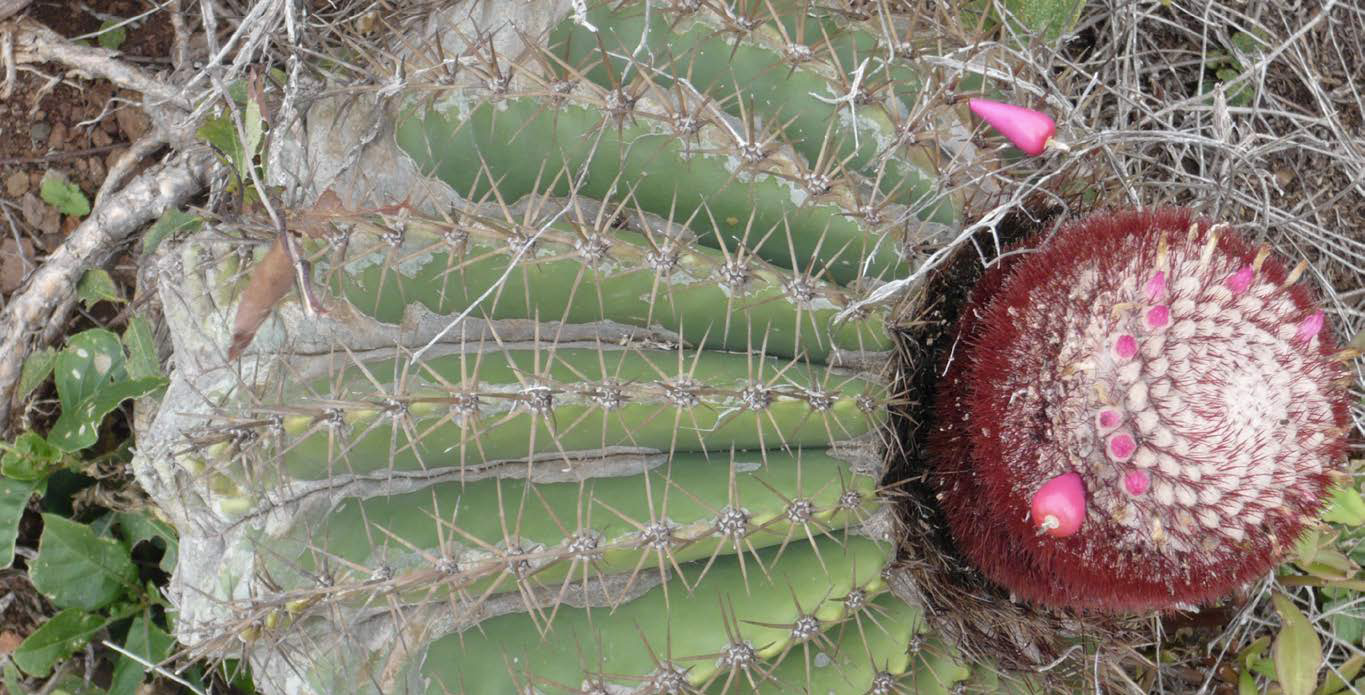Scientific Study of Melocactus Intortus
Close to 2500 individual Melocactus Intortus cactus, an iconic and protected species, were evaluated at the following three sites: Cactus Place, Wilderness, and Babit Point. This impressive number was reached by Maât Matheux, an intern at La Réserve Naturelle from March 29 through May 15, 2021. She is also a student at the University of Villeurbanne, where she is studying life sciences with an accent on biodiversity. Her task consisted of studying the populations of Melocactus Intortus, evaluating the impact of human activities on these populations, and comparing the three sites, as well as participating in other projects for the scientific office and carrying out activities for other offices as well. This mission is part of the 2021 monitoring program of the populations of “Turk’s Head” cactus, held every five years at the three abovementioned sites. The intern noted rather contrasting situations at the three sites, based on their popularity with visitors, the impact of hurricane Irma, the invasion of Cactoblastis Cactorum butterflies and caterpillars, and deterioration caused by domestic animals (primarily donkeys and horses, and especially at Babit Point). This study turned out to be quite complicated, as the last one was done in 2016, before hurricane Irma, which damaged a great number of cactus; as well as for other reasons: illegal taking of plants, drought… At the end of the day, the population of Melocactus Intortus is still present, but primarily consisting of young specimens. The bad news is that 50% of these cactus are injured or weakened by parasites due to the presence of the Cactoblastis Cactorum moth, as is also the case in other places in the West Indies. This population therefore remains fragile and more than ever requires special attention to ensure its survival.


















